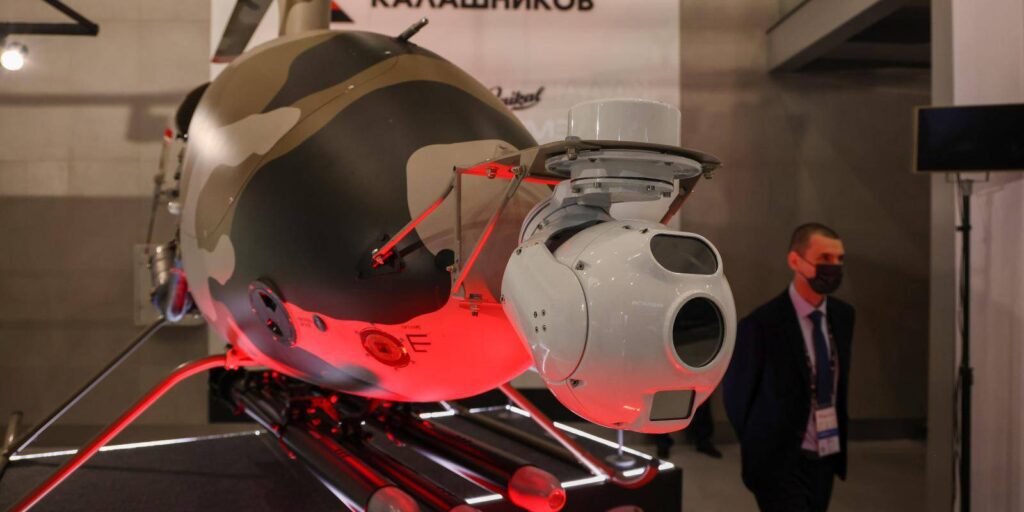The race for superiority in military technology is a fierce competition among nations worldwide. With advancements in cyber warfare, autonomous systems, artificial intelligence, hypersonic weapons, and space warfare, countries are constantly striving to develop new technologies to gain an edge over their adversaries. Cyber attacks can disrupt communications, autonomous systems reduce risks to human personnel, AI can analyze data and make real-time decisions, hypersonic missiles travel at extreme speeds, and space warfare capabilities target satellites. The future of conflict and warfare is rapidly evolving with these new technologies, shaping the landscape of military superiority in the modern era.
The Race for Superiority: The Latest Advances in Military Technology
In the modern era, military technology plays a crucial role in determining the outcome of conflicts and wars. Nations around the world are constantly striving to develop new and advanced technologies to gain an edge over their adversaries. The race for superiority in military technology is fierce, with each country investing significant resources into research and development to stay ahead of the competition.
Cyber Warfare
One of the most significant advances in military technology in recent years is the development of cyber warfare capabilities. Cyber attacks can be used to disrupt enemy communications, sabotage critical infrastructure, and steal sensitive information. Countries like the United States, Russia, and China have invested heavily in developing cyber warfare capabilities, leading to the creation of sophisticated cyber weapons and tools.
Autonomous Systems
Another major advancement in military technology is the development of autonomous systems, such as unmanned aerial vehicles (UAVs) and unmanned ground vehicles (UGVs). These systems can be used for surveillance, reconnaissance, and even combat operations, reducing the risk to human personnel. The use of autonomous systems is becoming increasingly common on the battlefield, with countries like the United States and Israel leading the way in their development and deployment.
Artificial Intelligence
Artificial intelligence (AI) technology is also playing a significant role in shaping the future of military technology. AI can be used to analyze vast amounts of data, make real-time tactical decisions, and even control autonomous systems. Countries like the United States and China are investing heavily in AI research and development, with applications ranging from drone swarms to predictive maintenance for military equipment.
Hypersonic Weapons
One of the most talked-about advancements in military technology is the development of hypersonic weapons. Hypersonic missiles travel at speeds of Mach 5 or higher, making them extremely difficult to defend against. Countries like Russia, China, and the United States are all developing hypersonic weapons, leading to concerns about a new arms race in this technology.
Space Warfare
As space becomes more militarized, countries are also investing in space warfare capabilities. Satellites are critical for communication, navigation, and intelligence gathering, making them attractive targets for potential adversaries. Countries like the United States, Russia, and China are developing anti-satellite weapons, as well as other space-based capabilities to maintain their military superiority.
Conclusion
The race for superiority in military technology shows no signs of slowing down, with countries around the world investing heavily in developing new and advanced capabilities. From cyber warfare and autonomous systems to artificial intelligence and hypersonic weapons, the future of military technology is rapidly evolving. It remains to be seen how these technologies will shape the future of conflict and warfare, but one thing is certain: the race for superiority in military technology is only going to become more intense in the years to come.
